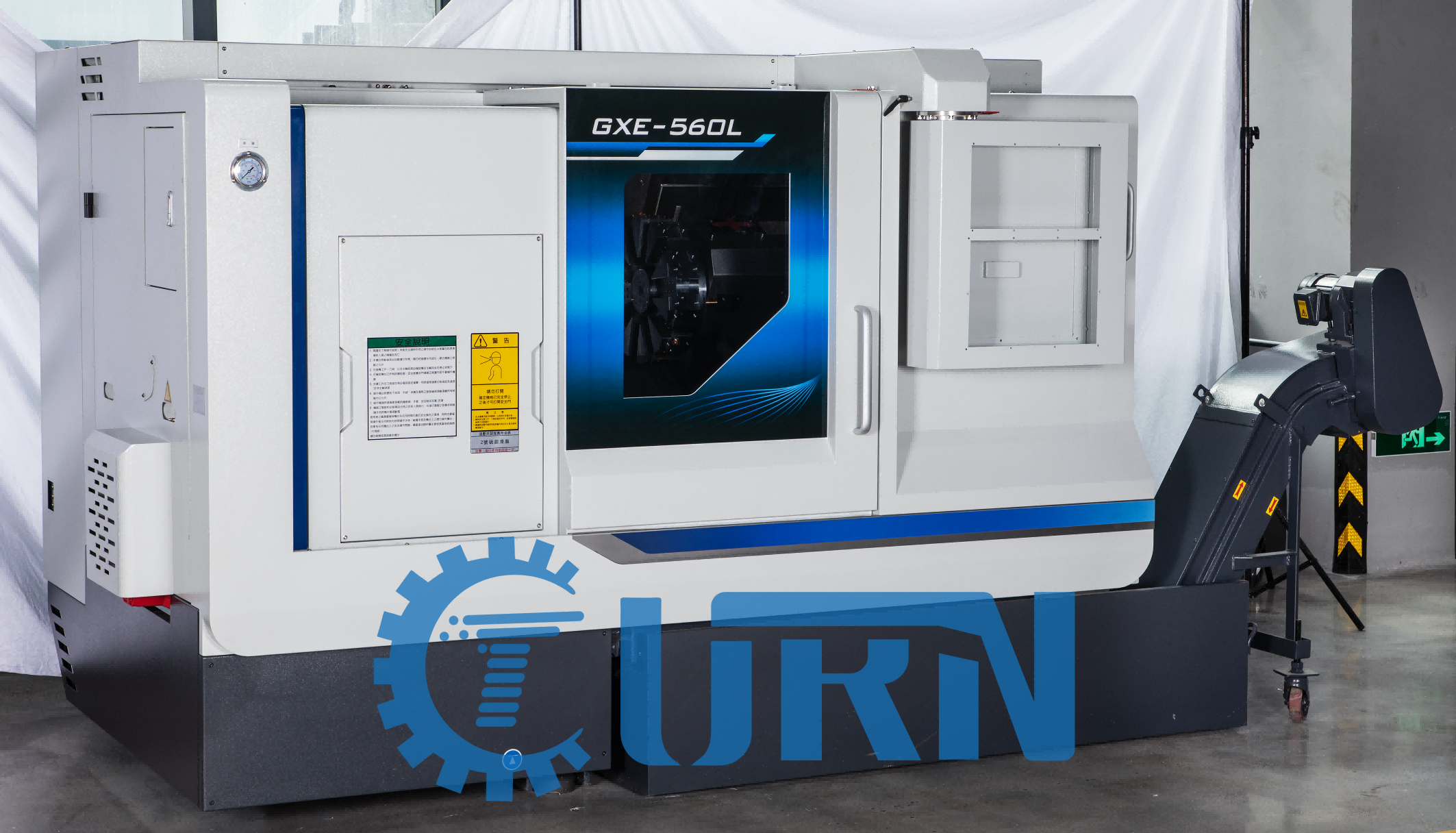In CNC milling, vibration may be generated due to the limitations of cutting tools, tool holders, machine tools, workpieces or fixtures, which will have certain adverse effects on machining accuracy, surface quality, and machining efficiency. To reduce cutting vibration, related factors need to be considered. The following is a comprehensive summary for your reference.
1.Clamps with poor rigidity
1) Evaluate the direction of the cutting force, provide adequate support or improve the fixture
2) Reduce the cutting force by reducing the depth of cut ap
3) Choose sparse and unequal pitch cutters with sharper cutting edges
4) Choose A tool edge with a small nose radius and a small parallel land
5) Choose A tool edge which fine-grained and uncoated or thin coated
6) Avoid machining when the workpiece is not supported enough to resist cutting forces
2.Workpieces with poor axial rigidity
1) Consider using a milling cutter with a positive rake groove (90° entering angle)
2) Choose A tool edge with L groove
3) Reduce the axial cutting force: smaller depth of cut, smaller radius of nose arc and parallel land
4) Select unequal tooth pitch sparse tooth milling cutter
5) Check tool wear
6) Check the runout of the tool holder
7) Improve tool clamping
3.Tool overhang is too long
1) Minimize overhang
2) Use unequal pitch milling cutter
3) Balance radial and axial cutting forces – 45° entering angle, large nose radius or round insert milling cutter
4) Increase the feed per tooth
5) Use light cutting geometry inserts
6) Reduce the axial depth of cut af
7) Use up-cut milling in finishing
8) Use an extension post with anti-vibration function
9) For solid carbide end mills and interchangeable head mills, try a cutter with fewer teeth and/or a larger helix angle
4. Milling square shoulders with a less rigid spindle
1) Choose the smallest possible diameter milling cutter
2) Choose light-cutting cutters and inserts with sharp cutting edges
3) Try reverse milling
4) Check the spindle variables to see if they are within the acceptable range for the machine
5. Unstable worktable feed
1) Try reverse milling
2) Tighten the feed mechanism of the machine tool: For CNC machine tools, adjust the feed screw
3) For conventional machines, adjust the locking screw or replace the ball screw
6. Cutting parameters
1) Reduce the cutting speed (vc)
2) Increase the feed (fz)
3) Change the depth of cut ap
7. Create vibrations in corners
Use large programmed fillets at lower feed rates
Post time: Apr-21-2022







